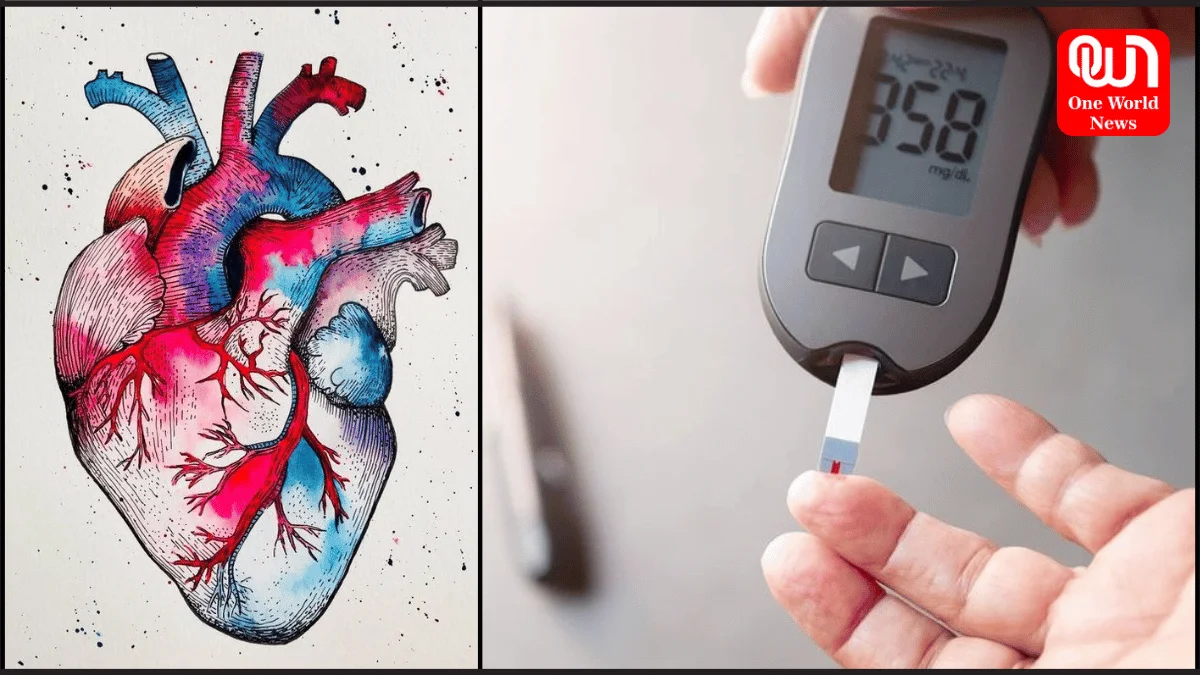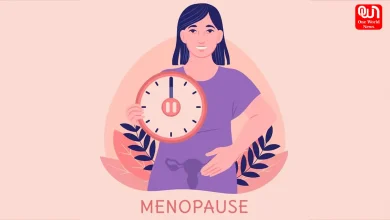Know the bidirectional link between diabetes and heart health- Understand preventive measures
Type 2 diabetes and heart disease have a complicated relationship. Raising awareness is necessary in order to help patients with type 2 diabetes maintain better heart health.
What is the bidirectional link between diabetes and heart health? Know preventive measures
The heart is a very necessary part of overall good health. The number one cause of death throughout the world is known to be due to heart diseases or cardiovascular ones (CVD). Some of the most common life style and environmental risk factors for this CVD burden include inadequate exercise, poor diet, hypertension, lipid abnormalities and obesity. Additionally, there exists an association between diabetes and heart disease. Cardiovascular diseases account for half of all deaths among individuals diagnosed with Type 2 diabetes (T2D). Diabetes was detected in approximately 101 million Indian citizens by 2021. Thus, patients suffering from diabetes must be aware of how their illness connects with heart ailment to take appropriate preventive measures

Read more –5 Foods Never to Pair with Your Tea: Unhealthy Food Combinations to Avoid
Diabetes and heart disease
The two main types of diabetes include T1D and T2D. T2D makes up nearly 90% of the global population with diabetes. It takes place when the body does not make enough insulin or becomes unresponsive to insulin. When this occurs, blood sugar levels rise since the human body requires insulin to change glucose into energy. In the past, only older adults were diagnosed with type 2 diabetes; however, this has changed as even children and adolescents are being diagnosed nowadays.
Read more –Unlocking the Benefits: Why You must have a Fish Oil Diet
Diabetes and heart disease are correlated, according to Dr. Praveen Chandra, Chairman of Interventional Cardiology at Medanta Medicity in Gurugram. T2D patients have higher blood sugar levels, which over time deteriorate heart blood arteries and raise the risk of CVDs. Heart failure and coronary artery disease are two of the disorders that make up CVDs (narrowing of the arteries providing blood to the heart). Additionally, hypertension and excessive fat levels are two additional risk factors that may be present in T2D patients. Therefore, it is crucial to modify these risk factors in addition to regulating blood glucose levels.
Protective Measures –
- Remain informed : Provide patients with the necessary knowledge regarding the potential heart effects of type 2 diabetes.
- Monitoring blood sugar levels can help avert or postpone problems like heart disease.
- Check your HbA1C level: Three months’ worth of average blood glucose levels are displayed by a routine HbA1C test. In most cases, a level below 7% is optimal.
- Maintain appropriate blood pressure: Make sure your blood pressure is within safe ranges by checking it frequently. It should ideally be less than 140/90 mmHg for the majority of patients.
- Assess your cholesterol: Keep an eye on your cholesterol and other lipid levels at all times.Like this post?
Register at One World News to never miss out on videos, celeb interviews, and best reads.








